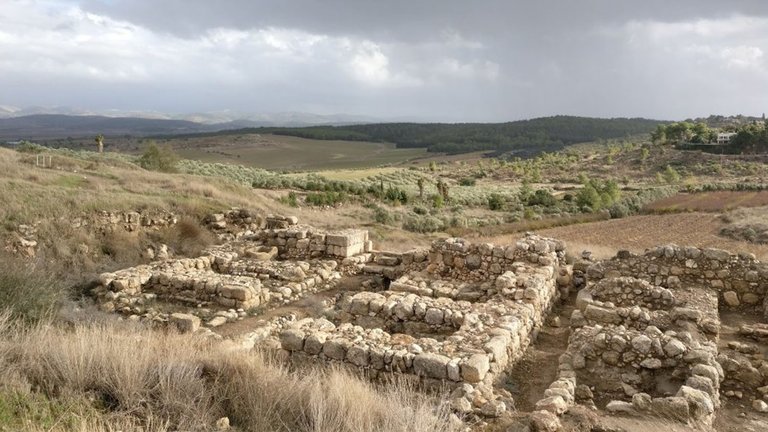
Carbon dating and you.
Carbon Dating is a process much used in archeology but what is it, how does it work and why is it controversial:
Carbon Dating also called C14 dating is the process of determining the age of something by measuring the decay of radioactive carbon. The technique was discovered in 1949. There are two stable isotopes of carbon, carbon-12 and carbon-13 next to that there is a tiny amount of the unstable C14, the ratio is one to one quintillion. C14 is produced in the upper atmosphere when N14 Nitrogen is transformed by cosmic rays to C14. The new isotope is called radioactive carbon because it’s radioactive yet harmless but very unstable and will start to decay immediately to N14. It takes about 5730 years before half of the amount of carbon is decayed, so by measuring the amount of C14 we can determine how many years have past.
What's it for?
Oxygen makes radioactive carbon oxidize, that means it binds. It enters the body by natural processes like breathing, drinking and food consumption. Plants and animals take in the abundant C12 as well as the much rarer C14 in the same ratio as it is present in the atmosphere. When an animal dies it stops consuming carbon but the carbon already present in the body decays. So if we find animal or plant remains with a ratio C12-C14 of one in two quintillion instead of one in one quintillion we know the ratio is half and the remains are 5730 years old. If the ratio is ten times lower, the carbon isn't measurable anymore, this technique isn’t useful for datings over 60.000 years old. Another drawback is that it can only be applied to organic materials, rocks can’t be measured directly.

Take it with a grain of salt.
Carbon dating is controversial because the method is dependant on a few shaky assumptions. First we have to assume that the decay speed is constant, but we can't measure that. What if the decay speed increases over time? Second we must assume the ratio C12-C14 in the atmosphere was always the same, and we know for a fact that because of the industrial revolution CO2 production has risen steadily. It also proves fluctuations do exist be it by human intervention or natural cause like a volcanic eruption. And third is the amount of radiation that enters the atmosphere. Very accurate measurements over the last 140 Years have proven the earth’s magnetic field is slowly losing its strength this means that there is a slow increase in radioactive carbon over the years. Even the amount of radiation that enters is susceptible to fluctuations, think solar flares.

https://history-unwritten.com/informashort/293/carbon-dating/